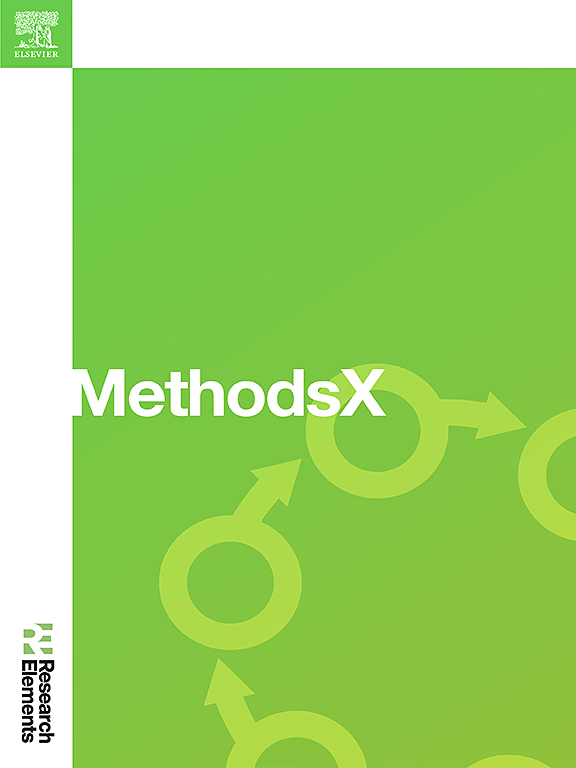Development and validation of a protocol to determine product perception in relation to the moment of the day
IF 1.6
Q2 MULTIDISCIPLINARY SCIENCES
引用次数: 0
Abstract
Chronotype refers to an individual's tendency to engage in activities either earlier or later, in alignment with the biological rhythm of their body and its interaction with the environmental cycle. Chronotypes influence food preferences and meal timing, yet most studies rely solely on questionnaires without integrating real-time tasting data. To address this gap, we developed and validated a method to measure sensory perception and examine its variations throughout the day in alignment with circadian rhythms. Fifty-two university students completed the Munich Chronotype Questionnaire and, over four days within a week, they participated in sensory evaluations using a web-based questionnaire. At four daily time slots (morning, midday, afternoon, evening), participants tasted candies and assessed some sensory attributes—sweetness, sourness, bitterness, freshness, and overall flavor—using the Rate-All-That-Apply method. Before each evaluation, they also reported their level of hunger, thirst, tiredness, and willingness to complete the task. Reminders were sent via pre-programmed messages to ensure adherence to the schedule. The results demonstrate the feasibility of the method, with low attrition rates and consistent participant motivation over the study period. Sensory perception was found to vary across the day and in relation to chronotype, highlighting the method's potential for advancing research in sensory chrononutrition.
- •A web-based questionnaire including tasting was developed to assess sensory perception at different times of the day over four days.
- •Perception was analyzed in relation to chronotype.
- •Face validity was confirmed, as significant variations based on chronotypes were observed.

制定和验证一个协议,以确定与一天中的时刻相关的产品感知。
时间型指的是一个人从事活动的倾向,或早或晚,与他们身体的生物节奏及其与环境循环的相互作用相一致。睡眠类型会影响食物偏好和用餐时间,但大多数研究仅仅依赖于问卷调查,而没有整合实时品尝数据。为了解决这一差距,我们开发并验证了一种测量感官知觉的方法,并根据昼夜节律检查其全天的变化。52名大学生完成了慕尼黑时间类型问卷,并在一周内的四天内,使用基于网络的问卷进行感官评估。在每天的四个时间段(早上,中午,下午,晚上),参与者品尝糖果并评估一些感官属性-甜度,酸味,苦味,新鲜度和整体风味-使用Rate-All-That-Apply方法。在每次评估之前,他们还报告了他们的饥饿、口渴、疲劳程度和完成任务的意愿。提醒是通过预先编程的信息发送的,以确保遵守时间表。结果证明了该方法的可行性,在研究期间具有低流失率和一致的参与者动机。研究发现,感觉知觉在一天中的变化与时间类型有关,这突出了该方法在推进感觉时间营养研究方面的潜力。•开发了一份基于网络的问卷,包括品尝,以评估四天内一天中不同时间的感官知觉。•分析了感知与时间类型的关系。•面部有效性得到证实,因为观察到基于时型的显著差异。
本文章由计算机程序翻译,如有差异,请以英文原文为准。
求助全文
约1分钟内获得全文
求助全文
来源期刊

MethodsX
Health Professions-Medical Laboratory Technology
CiteScore
3.60
自引率
5.30%
发文量
314
审稿时长
7 weeks
期刊介绍:
 求助内容:
求助内容: 应助结果提醒方式:
应助结果提醒方式:


